Exploring the Future with Generative Artificial Intelligence

Imagine stepping into a board room and being presented with a flawless marketing strategy, all curated by an artificial intelligence (AI). Intriguing, isn't it? Well, welcome to the world of Generative Artificial Intelligence, where machines can be creative, generating fresh content, strategies, and solutions. This is not science fiction, but a rapidly evolving field in AI technology. Generative AI, as it's called, encapsulates a wide range of techniques to make all this possible.
But what exactly is this phenom, Generative AI? It's a type of artificial intelligence, particularly a subset of AI that thrives on the premise of machine learning. It extends beyond mere computational tasks to mimic human creativity. Its components and working principles lie within a web of complex algorithms and data structures that enable it to learn from the enormous data it is fed, and produce or generate something new.
Let's delve a bit deeper into the concept. Generative AI employs various techniques like machine learning, deep learning, and neural networks. These intricate systems help the AI extract patterns and learn from the data. An intriguing dimension to this technology is the birth of hybrid systems that merge these techniques, enhancing AI's generative capabilities.
The role of deep learning, in particular, can't be overstated when discussing generative AI. Deep learning, a subset of machine learning, plays a crucial role in enabling the AI to understand patterns on a deeper level and consequently generating new content. It's like feeding the machine a Pandora's box of creativity, and the result can be as simple as an AI-generated article or as complex as AI-driven business strategies.
With its profound influence in various facets of our lives, from content creation to business strategies, generative AI is a fascinating exploration into future possibilities of machine learning. And as we unpack its defining characteristics in our journey onwards, we realize that we are indeed exploring a future powered by generative artificial intelligence. So, get ready to unlock the vast potential of this technology, as generative AI stands at the threshold of reshaping our world.
What is Generative Artificial Intelligence?
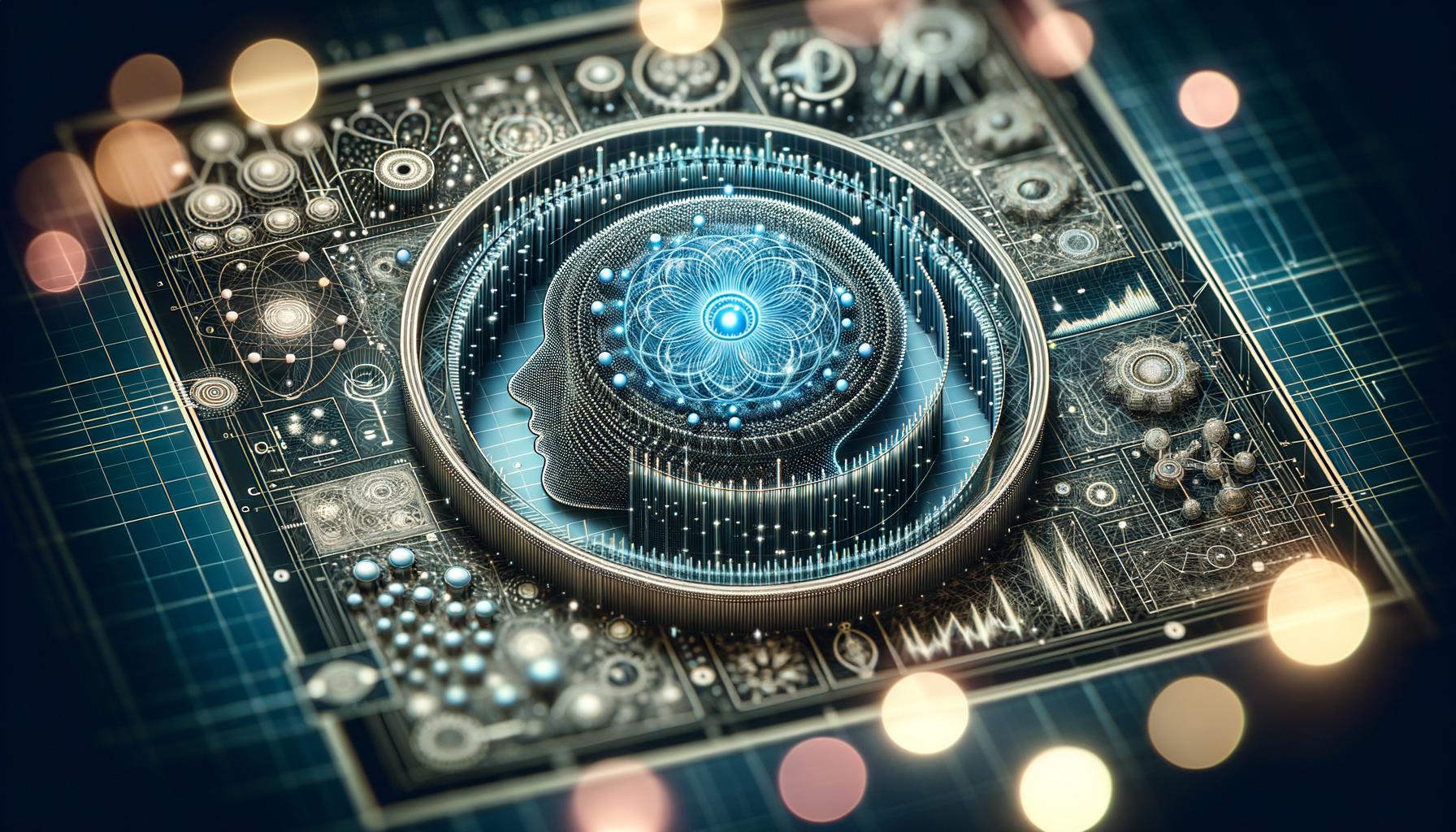
Generative Artificial Intelligence, commonly known as Generative AI, emerges as an exciting aspect in the realm of tech innovation. It could be described as a subfield of artificial intelligence focused on developing algorithms and models that are capable of generating something new. It's a fascinatingly modern concept, with roots tracing back to early AI explorations and incremental developments ever since.
Digging deeper into Generative AI reveals an intricate machinery. At the heart of it lie complex components and principles. The AI systems are designed to predict or generate a sequence of data that can mimic the original data distributions. The principal component is a learning system that deeply perceives data patterns and dynamics to generate new, synthetic outputs. For example, an AI could study a number of existing paintings and consequently create a painting that feels as though it was produced by a human artist.
An assortment of techniques power Generative AI. Among the most prominent are deep learning, machine learning, and neural networks. Deep learning dives into layered structural data, while machine learning amalgamates algorithms to create predictive models. Neural networks map computational models of human neurons to process complex data inputs. Additionally, hybrid AI systems are starting to gain traction, synergizing these techniques for more nuanced functionality.
Still, it's critical to point out that mastery of these techniques is not the end of the road. The real challenge lies in how well these systems can put to use deep learning to actualize the generation of new content. In essence, deep learning forms the foundation that empowers AI to make this vital leap. Hence, it’s clear that a solid understanding and constant evolution of these building blocks can unravel more potential for Generative AI.
Various Techniques of Generative AI
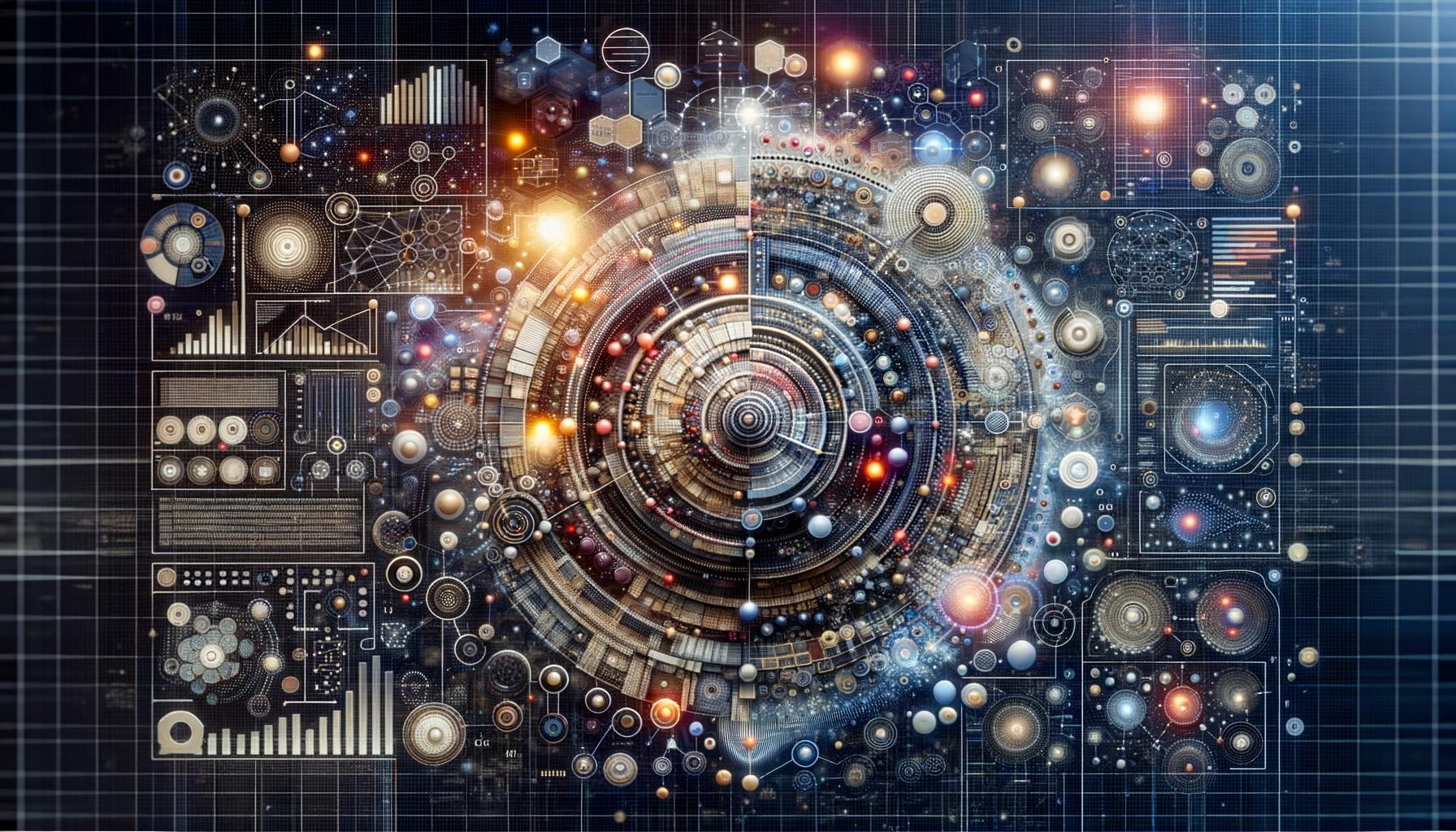
The art of shaping Generative Artificial Intelligence (AI) is founded on a variety of techniques. Renowned among these are deep learning, machine learning, and neural networks. Each brings unique processes to how AI interprets and uses information. For instance, deep learning, a subset of machine learning, involves algorithms modeled after the human brain, called artificial neural networks. As data flows through this network, the AI adjusts its internal parameters and fine-tunes its understanding.
However, the use of one technique isn't invariably effective. As a result, several hybrid systems have emerged that combine two or more techniques to increase the efficiency and versatility of the AI. An example is the use of both machine learning and neural networks. Machine learning allows an AI to analyze data and make predictions. Simultaneously, neural networks provide the structure for the AI to process large amounts of data and identify complex patterns—akin to the human brain's workings.
Under the vast umbrella of Generative AI, machine learning performs a pivotal function. It's this aspect that primes an AI system to learn from past data, extrapolate, and make educated predictions or generate new content that's in harmony with the learned data.
In a similar vein, the use of neural networks is integral. This system of nodes or 'neurons' form the network's backbone and allow for different layers of data interpretation. This multilayered process facilitates generated output that is advanced and contextually aware.
Lastly, as AI advances, there's a growing trend towards hybrid systems—a fusion of AI techniques that extend capabilities beyond the scope of a singular approach. Hybrid systems illustrate the limitless potential of Generative AI and hint towards unchartered territories ripe for exploration. As the field evolves, the future of AI promises a more nuanced, effective, and integrative approach in marrying various techniques.
The Role of Deep Learning
Deep learning is critical to generative artificial intelligence. Its relevance stems from its ability to facilitate the generation of original content by AI, pushing the boundaries of what is possible with traditional methods. Deep learning models can process enormous amounts of data, identifying patterns and relationships that help the AI generate new content. Building on the foundational principles of machine learning, deep learning gives the AI the ability to "learn" from each iteration and refine its output.
In the context of generative AI, deep learning helps develop comprehensively creative outputs. For example, given a catalog of hundreds of thousands of songs, a deep learning-enabled AI could generate a brand new melody or compose a completely original song. It identifies patterns and components from the "training" songs and combines them in unique ways to produce new music. The same principle could apply to AI-generated articles and other forms of art.
At the heart of this process lies the deep learning-enabled ability of AI to discern, learn, and express creativity without direct human intervention. Traditional metrics and rule-based models are insufficient in the domain of creative expression, which inherently denotes the creation of something novel. Deep learning, by giving the AI the ability to learn from various data points, plays an integral role in the creative process. These deep learning-induced outputs are increasingly akin to human creativity, blurring the lines between human and machine-generated content.
In accordance with the versatility of deep learning, modern hybrid AI systems often incorporate deep learning in conjunction with other techniques like neural networks. Deep learning not only endorses creative generation in isolation but also collaboratively works with other AI techniques to cultivate advanced, integrative solutions. This collaboration highlights the importance of deep learning as a crucial element in the landscape of generative AI.
Generative AI in Content Creation

Generative artificial intelligence is becoming a game-changer in the world of content creation. It has enabled the production of novel and creative work, the likes of which we previously could not conceive. Take, for example, an AI system recently developed which authors entire articles. From addressing global issues to entertainment reviews, these creations are virtually indistinguishable from human-written counterparts, and offer the potential of faster, more efficient content production on a massive scale.
This is not only limited to text, though. Generative AI is making its mark on various forms of artistic expression including music and visual art. For instance, Jukin Media's OpenAI project, MuseNet, has used deep learning techniques to generate entire songs in a variety of styles and genres. Similarly, visual artists are now utilizing AI to produce stunning, unique artwork. A prime example is the Portrait of Edmond de Belamy, an AI-generated painting that sold at Christie's Auction House for an astonishing $432,500.
The potential of AI in content creation is so vast that it quite literally spans industries. For instance, in the business sector, generative AI has found fertile ground in marketing and customer service. AI can automatically generate captivating advertising copy suited to different audiences or detailed product descriptions that can greatly improve online shopping experiences. Moreover, it can offer personalized customer support by generating accurate responses to customer queries in seconds.
However, like all technology, Generative AI isn't without its challenges and potential risks. It raises questions about job displacement in the content creation industry and highlights ethical concerns about the authenticity of AI-generated works. Yet, it is also seen as a tool for expanding creative boundaries and propelling innovation to new heights.
To harness the full potential of generative AI, it's essential to keep the conversation going around its implications, potential, and ways to mitigate potential risks. By understanding and embracing this technology, we can open up a world of possibilities. Ultimately, Generative AI presents a fascinating perspective for our exploration of the future.
Applications of Generative AI in Business

Generative artificial intelligence has multiple business use cases, particularly in the realms of marketing, sales, and customer service. For instance, considerations for personalized marketing campaigns can be significantly enhanced with AI systems that utilize customer data to generate highly targeted and relevant messages. AI's capacity to analyze customer behaviors and preferences encourages dynamic sales approaches, optimizing the selling approach as per individual customer needs. Customer service can similarly benefit from an AI-driven approach. AI chatbots, for instance, are programmed to provide relevant responses to customer inquiries, reducing human intervention and thus freeing staff for more complex tasks.
Predictive modeling is also a significant checkbox in generative AI’s capabilities that serve businesses. Predictive models utilizing machine learning algorithms can identify patterns within data and make educated predictions about future events. For instance, eCommerce companies might use predictive modeling to anticipate consumer purchasing behaviors, helping to manage stock and optimize supply chains.
Generative AI also plays a crucial role in decision-making processes. By effectively understanding and predicting trends, AI can provide businesses with insights to make informed strategic decisions. For instance, by generating new data through simulation, generative AI can help companies forecast the consequences of potential business decisions, allowing the organization to determine the most lucrative course of action.
However, generative AI isn't solely about making choices or predicting outcomes. Its application in business also extends to areas of security, most notably data security. Traditional security measures are being augmented and, at times, replaced by AI-inspired protocols. AI can detect unusual patterns in data flow and flag potential breaches before they become catastrophic. As the business landscape becomes increasingly digitized, the importance of such AI applications will undoubtedly heighten.
Generative AI in Data Security

The innovation of generative artificial intelligence has transformed traditional data security methods, providing enhanced solutions and presenting new opportunities. Generative AI can create security models with native defenses, patterned to mimic and respond to complex threats. It does this by generating unique data instances, similar to a real-world data, thereby tricking the threat entities and protecting valuable data.
However, as with any technology, generative AI can pose potential risks in data security. A significant one is the ability for 'deepfakes' and counterfeits which manipulates AI-generated visuals and audio to represent something real. Such fraudulent activities can deceive unsuspecting victims causing harm and chaos. This underscores the necessity to balance this powerful technology with risk awareness and precautionary measures.
Despite the risks, many experts remain optimistic about the potential benefits of AI for data security. For instance, AI can detect intrusions or anomalies faster than human monitoring. Also, through continuous learning and updates, AI systems can stay ahead of increasing cyber threats, thereby reinforcing the safety net.
Furthermore, this technology brings an additional layer to encryption and decryption of secured data and the creation of randomized testing cases. With generative AI, data could be protected, controlled, and used more securely and efficiently for innumerable applications.
Ultimately, as the landscape of cyber threats evolves, the role of generative AI in data security is set to become more dominant. It is a promising tool that can be the game-changer in combating sophisticated, intelligent cyber threats. However, taking the necessary precautions and integrating ethical considerations is vital to ensuring a secure data environment.
Evolving Role of Generative AI in Gaming
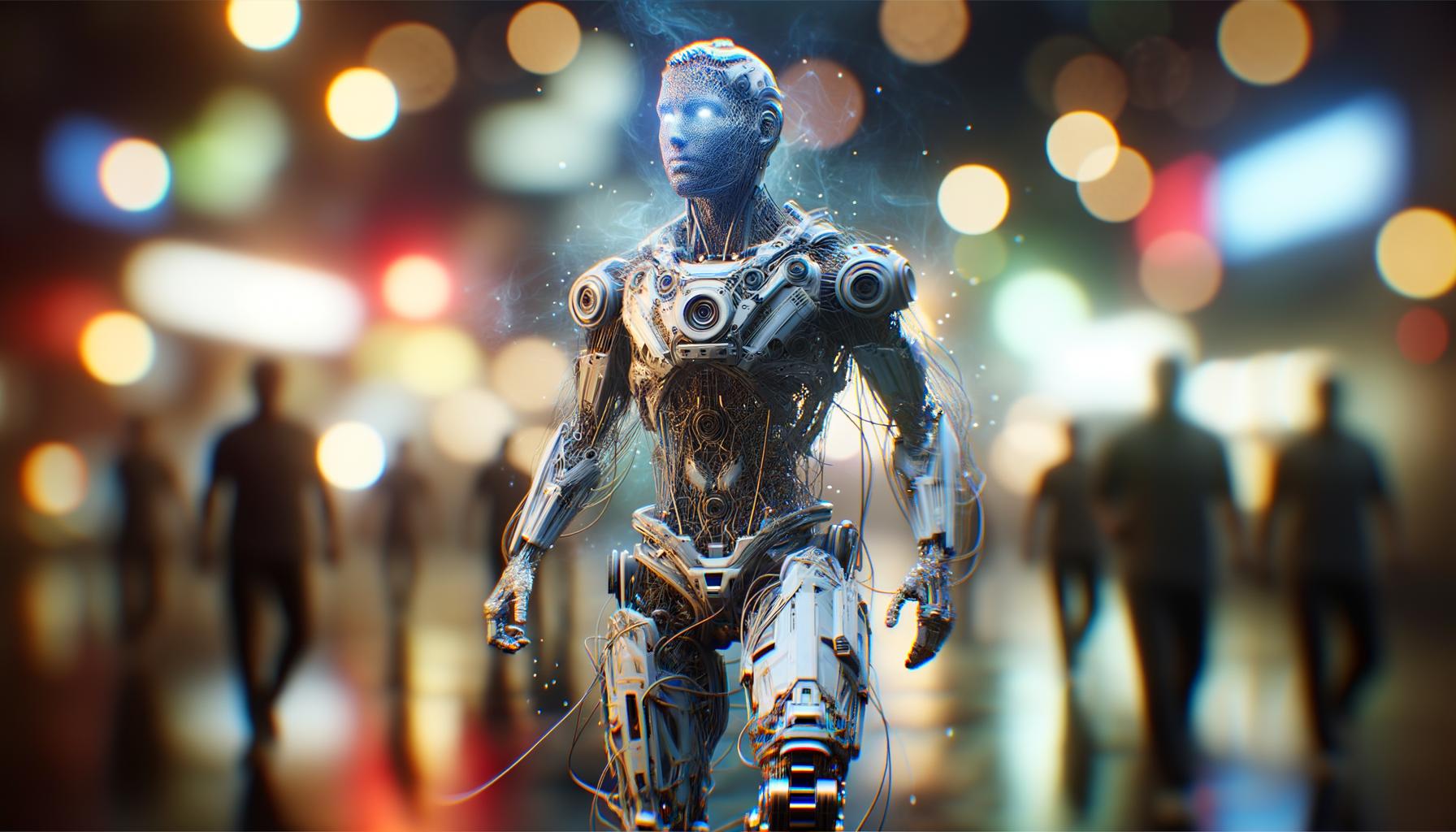
Generative artificial intelligence has been critical in the evolution of unique gaming experiences. Its role in creating immersive environments cannot be understated. This technology gives developers the ability to design complex and dynamic gaming worlds that evolve alongside player interactions. For instance, the phenomenon of procedural generation in games like "No Man's Sky," where a vast universe is created algorithmically.
Moreover, generative AI extends its offerings to character design as well. Characters that not only physically morph but can adaptively grow their behavior and responses based on player interaction and AI learning, enhance the realism and unpredictability of gameplay. Examples include the adaptive AI in games like "Alien: Isolation," where the alien creature learns from player actions.
Moreover, the use of generative AI is not limited to just creating content. An emerging application for this technology in gaming is personalizing user experiences. Gaming experiences are now being tailored for every individual gamer using AI's predictive analysis and recommendations systems. These are seen in gaming platforms like Playstation's AI, which recommends games to users based on their past playtime and preferences.
In conclusion, the prospects of AI-generated characters and environments are exciting. Generative AI's role in gaming is an evolving one, taking strides not just in creating better, more immersive content but also in personalizing gameplay to the liking of individual users. As this technology continues to evolve, it’s influencing gaming experiences, shaping the industry's path forward.
Generative AI in Personalizing User Experience
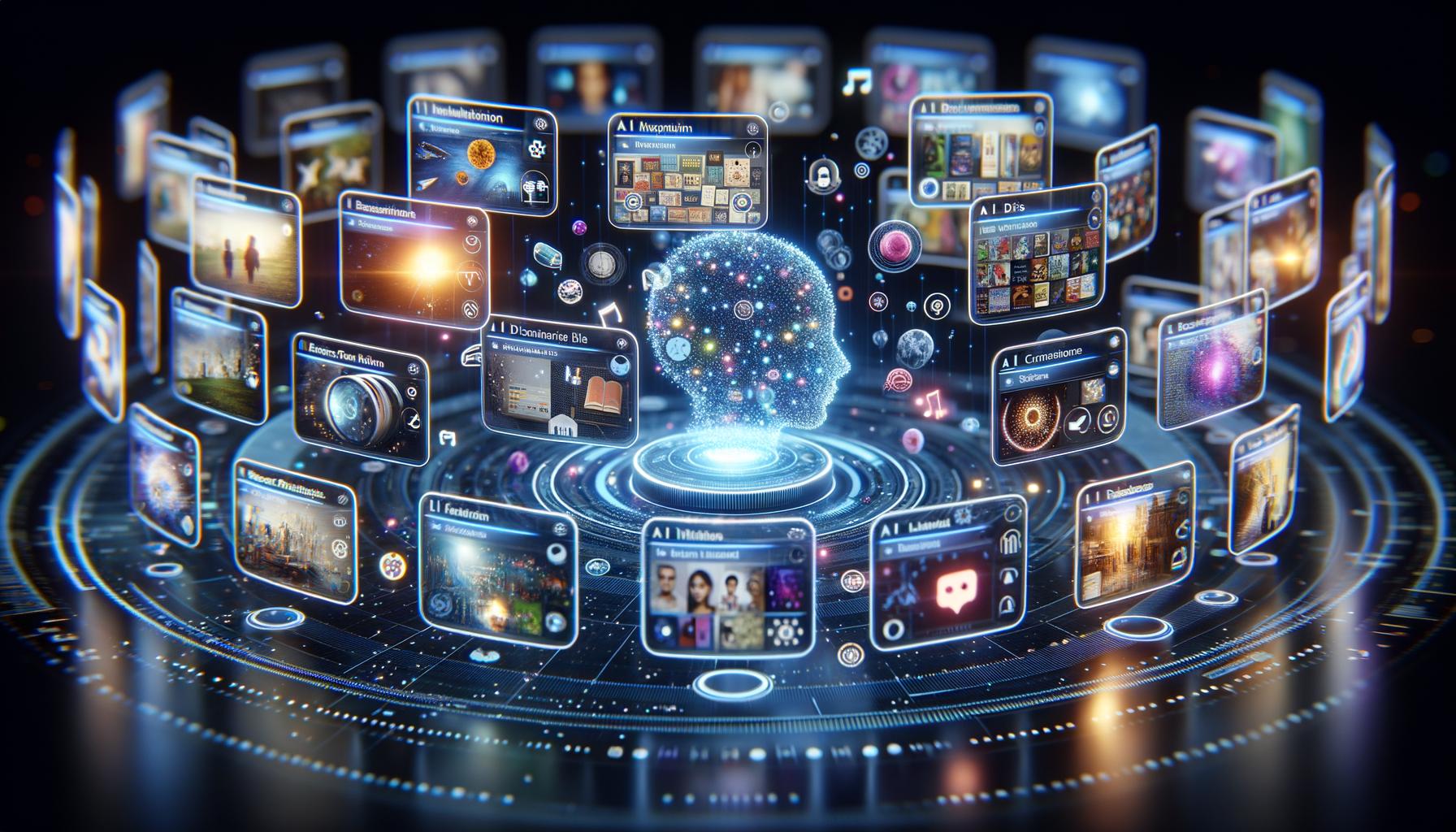
Generative artificial intelligence revolutionizes user experience personalization, notably through recommendation systems and predictive analysis. Deployed strategically, these technologies enhance user engagement by delivering tailor-made content and service offerings. For example, AI-powered platforms like Netflix use algorithms to analyze user preferences and suggest films and shows, enriching user experience.
AI-powered personal assistants enhance this personalization, proactively assisting users based on their individual habits and preferences. Siri, Apple's personal assistant, exemplifies this by adapting its responses to the user’s interaction, making the experience unique and personalized.
This heightened personalization often involves continuous data analysis and reflection. These can predict user behavior, providing them with products, services, or content that they might need even before it arises. Amazon's anticipatory shipping model, which delivers products before customers even order them, epitomizes this level of service.
Nonetheless, this cutting-edge technology continues evolving, shaping user experiences. As personal assistants become ubiquitous and predictive analysis grows sophisticated, anticipatory services are set to become the norm rather than the exception.
Thus, AI's personalization capacity significantly alters user experience design, making it more user-centric. Services are no longer merely reactive but progressively predictive, enhancing user retention, and loyalty.
The Ethics of Using Generative AI

As the development and application of Generative Artificial Intelligence continue to advance, there's an increasing need to consider ethical implications in the use, such as job displacement fears and data privacy concerns. One example is how generative AI used in content creation might threaten livelihoods of authors, artists, and designers as these tools become more sophisticated and prevalent. Additionally, the matter of data privacy in the context of generative AI cannot be overlooked. Example being, AI that generates highly personalized content might intrude into personal privacy if adequate preventive measures are not in place.
To mitigate these ethical concerns, regulatory measures should be enacted to curb the misuse of generative AI. Legislatures around the world, for instance, are already discussing regulations to handle issues related to AI, including data privacy, accountability, and fairness. The European Union's General Data Protection Regulation is a clear example of this.
Another way to handle the ethical issues would be through corporate social responsibility. Companies should ensure that while they integrate generative AI in their operations, they consider potential negative effects on their employees and customers. For example, by creating re-skilling programs for workers that might be affected by job displacement due to AI, and ensuring their AI systems meet privacy standards to guard customer data.
Therefore, while the use of generative AI presents numerous benefits, the ethical challenges it might pose equally deserve attention. As the AI field continues to grow, it will be more critical to continually adapt and enhance ethical guidelines and regulations to ensure beneficial and fair use.
How Generative AI is Changing Design Processes
Generative AI is fundamentally altering design processes, finding application in fields as varied as architecture to product development. It forges new design possibilities by exploring areas human brains are incapable of broaching - a revolutionary trait that's reshaping entire sectors. AI-driven automation also has profound implications on the design industry, not only hastening processes but also enhancing their outcomes.
To illustrate, architects now task AI with generating hundreds of novel building designs that comply with specific parameters. The AI's ability to quickly produce a multitude of options allows architects to better fine-tune their creativity. Product development, too, reap benefits from generative AI. Designers harness it to create multiple product variations, catering to diverse consumer tastes.
AI-driven automation's impact on design industry goes beyond mere speed. It amplifies creativity and opens up a breadth of innovation, previously unimagined. However, this transformation also raises questions about human role in a machine-dominated creative field.
Using AI to automate processes isn't without controversy. The design industry, traditionally a stronghold of human creativity, is now grappling with the nuanced question of machine intervention in creative processes. There's a balancing act to maintain, promoting efficiency while preserving the human touch.
Time will show how this transformation unfolds. But generative AI has undeniably initiated a fresh dialogue around design, a conversation that merges tech and creativity, and one that's apt to redefine the process and understanding of design.
Shaping the Future of Music with Generative AI
Artificial intelligence, particularly generative models, are revolutionizing the music industry by creating unique music compositions. These AI-powered applications generate intricate pieces that challenge the traditional norms of music creation, representing both opportunities and trials. An emerging change, this advancement broadens the understanding of music creation and reception in society.
Generative AI models feed upon vast data to create varied tunes and melodies, modifying the way we create and consume music. However, it also brings complexities like intellectual property debates, questioning the originality of AI-based compositions.
The landscape of music production is drastically transforming due to artificial intelligence, where AI can compose symphony concerts or offer customized music recommendations to users. This progression not only enhances music consumer experience but reshapes the industry by opening new possibilities in performances and compositions.
Though this innovation promises big alterations in music creation, consumption, and distribution, it does require a balanced approach. The dialogue around ethics, ownership, and credibility in AI-generated music needs to gain momentum to prepare for a future where AI might take center stage in the music domain.
Next-Gen Filmmaking with AI

Filmmaking, a realm once exclusively dominated by human creators, experiences the onset of AI. Generative AI, specifically, has started reshaping this industry, from scriptwriting to the final edit. Scripts are being generated by AI, optimizing the creative process, yet posing a tantalizing question: where does artificial stop being artificial in art?
Moreover, filmmaking's very essence, editing, undergoes massive transformation. Transition from scene-to-scene, carefully crafted storylines, or the fitting soundtrack can now be AI-assisted, creating new potentials while raising questions about the role of human creativity.
The challenges are there, undeniably. However, they might as well serve as a catalyst for fresh perspectives and innovation, shaping the future of filmmaking in ways previously unimaginable.
One cannot deny the disruptive power of AI. Its greatest challenge might also be its greatest strength – to help us redefine art and creativity in the age of generative artificial intelligence.
Finally, it's crucial to debunk the misconceptions tied to AI in art. It's not an elimination of humans from the process; it's a fusion, leading to augmented creativity. For now, AI lends a facilitating hand, not replacing, but enhancing human creativity.
Breaking Down the Misconceptions of AI
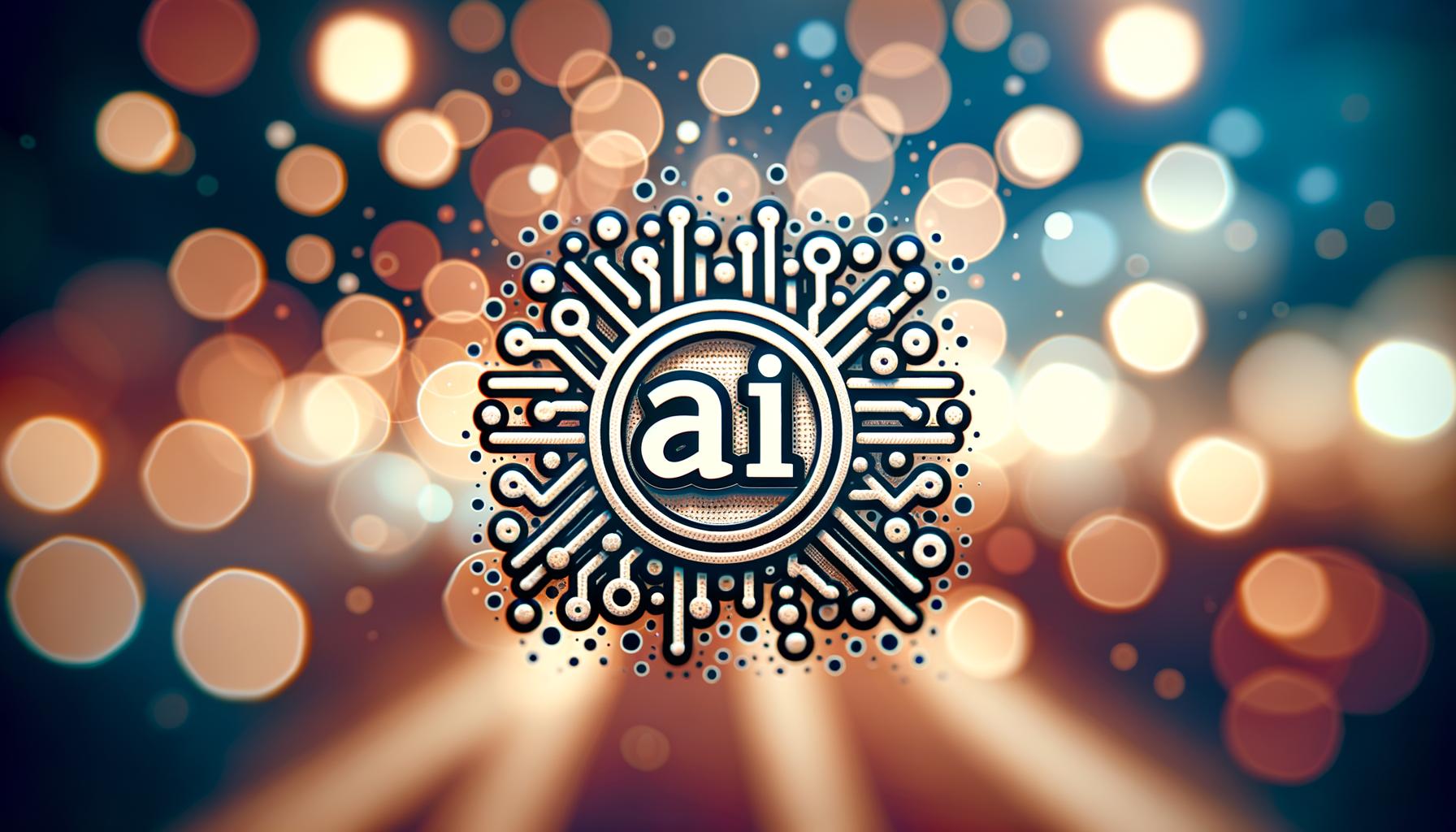
Misunderstandings about generative AI's capabilities and aims abound. It's important to clarify that these systems aren't omnipotent and their purpose isn't always to replace humans. For instance, rather than rendering musicians obsolete, AI in music production may be used to aid composition or deliver fresh insights.
Hollywood often exacerbates misconceptions, showing AI as a menacing force bent on world domination. However, it's worth noting that these portrayals often do not square with reality. AI, and especially generative AI, usually operates within very set boundaries and isn't capable of the nefarious plans portrayed on screen.
Generative AI, in fact, has a variety of practical tasks in fields ranging from business to entertainment. It can be used to streamline tedious tasks, generate personalized recommendations for users, or create novel content like articles, music, or visual arts.
Therefore, understanding AI’s true capabilities and goals is crucial. This helps in harnessing its potential fully. For a realistic perspective, explore AI-generated music or art, and observe how these technologies are tools aiding human creativity rather than supplanting it.
Challenges in Implementing Generative AI

While the employment of generative AI holds a plethora of possibilities, there are hurdles that must be conquered. Despite its many advantages, practical setbacks abound. Some challenges stem from the sophisticated nature of the AI, requiring a deep understanding of data science and machine learning. Additionally, integrating the AI into existing systems can be troublesome. Without support from advanced resources, small enterprises may struggle.
Exercise caution with the storage and processing of training data. An abundance of complex, quality data is essential for adequate AI functionality. However, the data’s security, organization, and accessibility can be problematic. Securing resources to manage these obstacles could be challenging for businesses on a budget.
Moreover, the rapid pace of AI development presents complications. Innovations in the AI field occur swiftly, demanding continuous learning from developers and users. Keeping up with the shift of technology can be a sizable task for industries and personnel.
In ethically difficult situations, AI might falter. Major ethical dilemmas can arise due to unforeseen AI behavior or misuse. To counteract such pitfalls, regular monitoring and strict compliance with ethical guidelines are mandatory.
Resolving these challenges requires deep dedication and thorough strategies. Initiating open collaboration between AI experts and stakeholders, facilitating ongoing learning and adaptation, and maintaining stringent ethical and security practices are few solutions. These steps encourage smoother generative AI implementation.
Generative AI: The Future of Creativity

Generative AI holds profound implications for creativity in the future. It's important to comprehend that this means more than just machines making art, promising a profound shift in the way creative processes unfold. Notably, AI is being used in generating music, writing scripts, or creating visual art, stimulating radical new possibilities for human creators who can now collaborate with artificial intelligence.
However, the perception of AI's 'creativity' is a complex matter. AI’s role in art isn't about replacing human creators but broadening the creative horizons for them. AI can contribute to our creativity by taking on time-consuming tasks, enabling us humans to concentrate on the more aesthetic aspects of creation.
At present, we are beginning to witness this collaboration in areas such as music and visual arts. Musicians are starting to use AI as a creative tool, pairing their artistic sensibility with algorithmically-generated compositions. Similarly, visual artists can tweak the algorithms of generative AI models to craft art pieces that transcend traditional styles and forms.
While AI is altering the way we think about creativity, the future of generative AI is still a topic of significant debate. It promises a wealth of novel creative possibilities and will likely redefine what we perceive as creativity, broadening our understanding far beyond the traditional definitions of human creativity. This evolution raises exciting, albeit challenging, questions for the artistic domain.
A Look into the Future of Generative AI
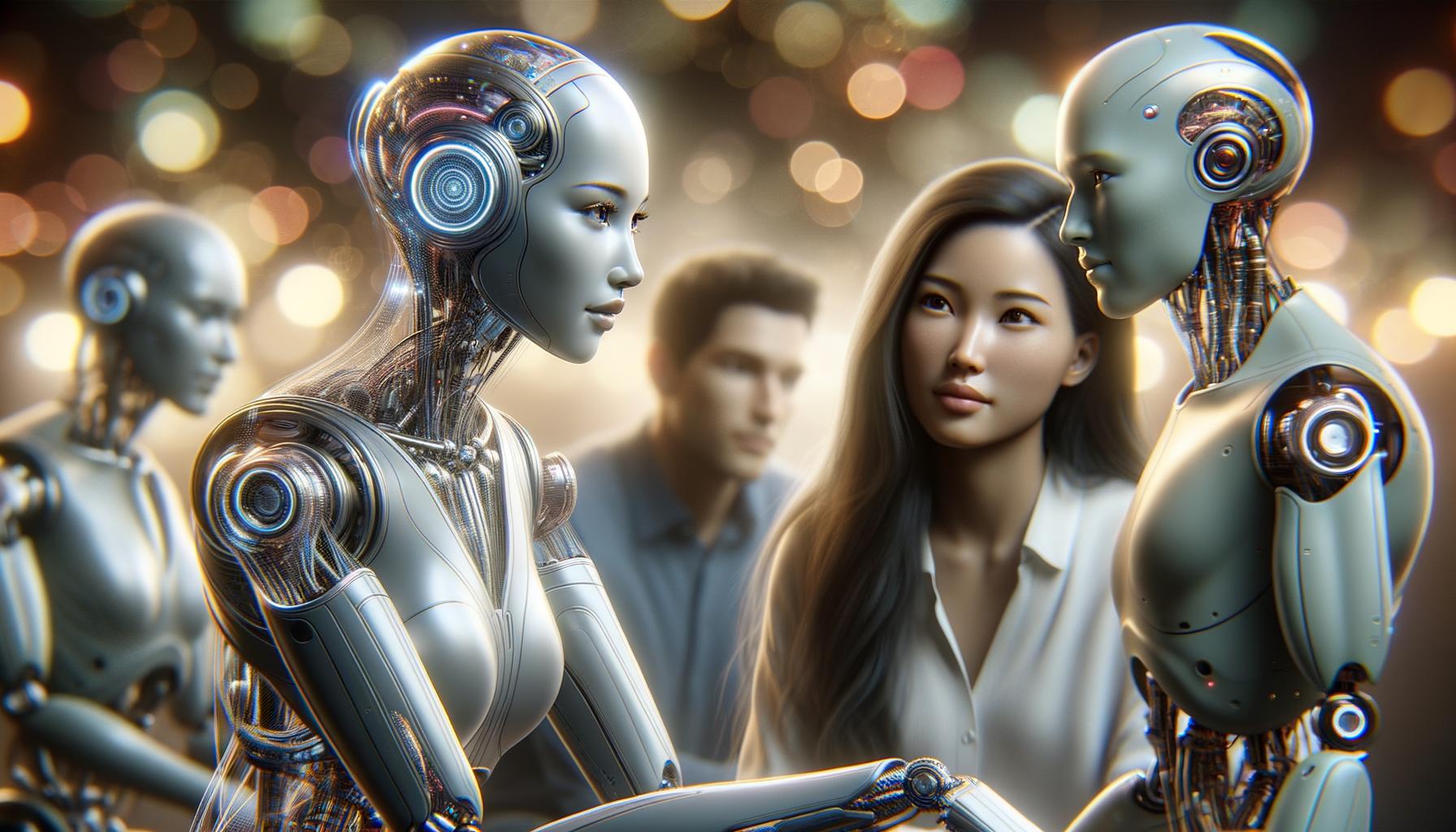
Generative Artificial Intelligence's future possesses immense potential - far beyond its current capabilities. The extent to which technology will evolve remains largely undetermined, but it's anticipated it will steer a landscape of innovation and transformation. Experts envision a world within the next decade where generative AI will play a crucial role in solving complex problems, creating new forms of content, and driving societal advancement.
The forthcoming potential of generative AI isn't confined to industries working with data and content creation but also extends to realms like healthcare, education, and transportation. This broad scope suggests the future of AI is both exciting and promising.
However, as with any technological advancement, a balance between ambition, ethics, and regulation is essential. The promise of AI is undoubtedly intriguing, but it also conjures apprehension concerning its misuse or unexpected consequences. Thus, forming a well-reasoned and practical vision for the future of generative AI is critical.
While speculations may vary, one thing is certain: generative AI is expected to penetrate deeply into our lives, reshaping them in ways we have yet to fully comprehend. Awaiting us is a future where AI could potentially redesign how societies function and how individuals interact with technology.
The future expansion of generative AI remains a captivating topic. As we move forward, it's crucial to engage in continued discourse and research. The implications of this groundbreaking technology are profound, exciting, and will certainly shape the coming decade in ways we can only begin to imagine.
Conclusion: Embracing the Future with Generative AI
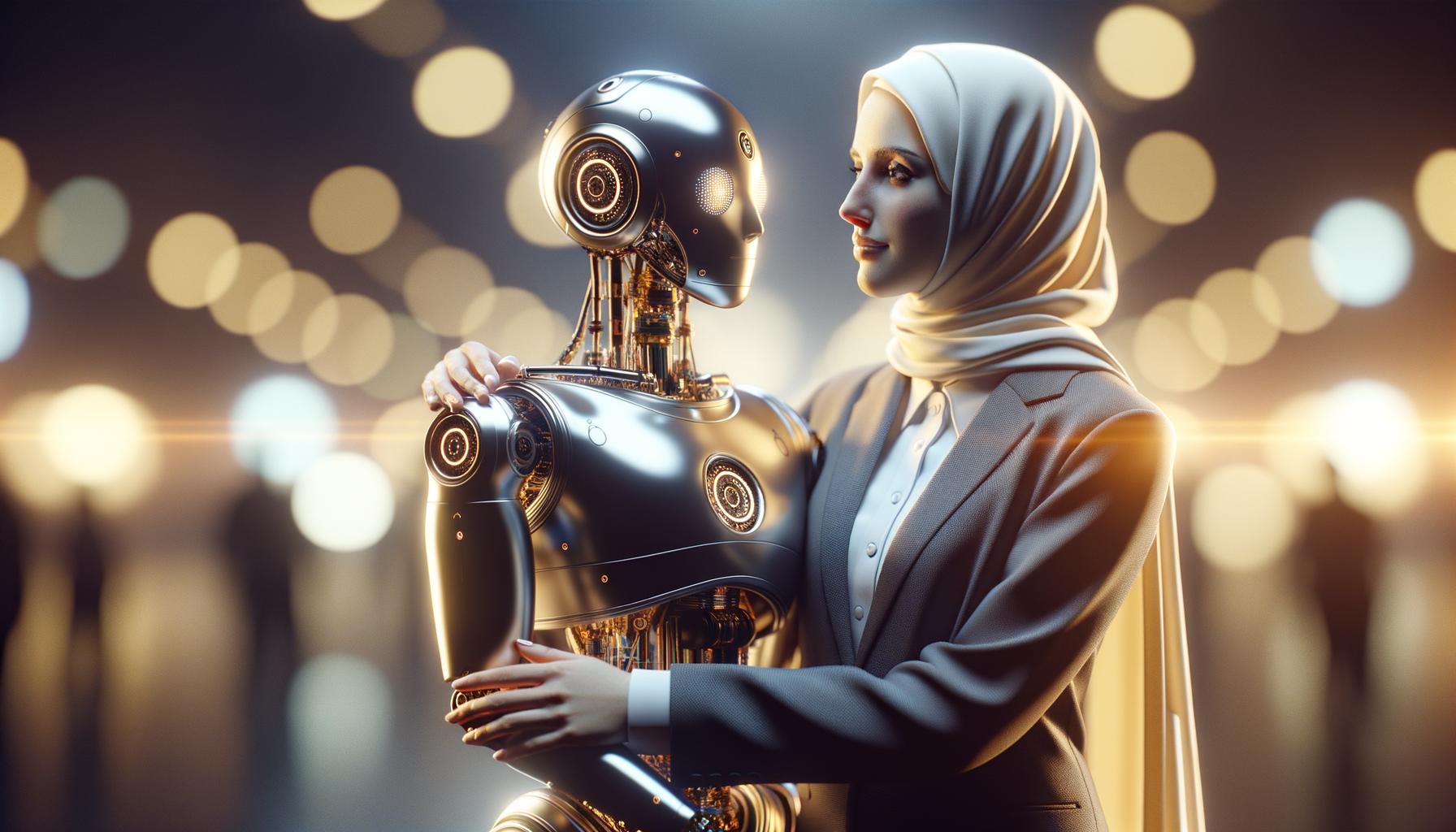
We stand at the precipice of a future shaped by the boundless its possibilities of generative AI. Its influence permeates diverse areas, fostering an environment for innovation, creativity, and efficiency. It is apparent that embracing the potential of generative AI is not a mere choice, but a necessity, propelling us toward a more coherent, optimized future. As with any technological leap, challenges will arise, but they will be surmounted and surpassed with focused efforts, pushing the boundaries of what is possible today.
